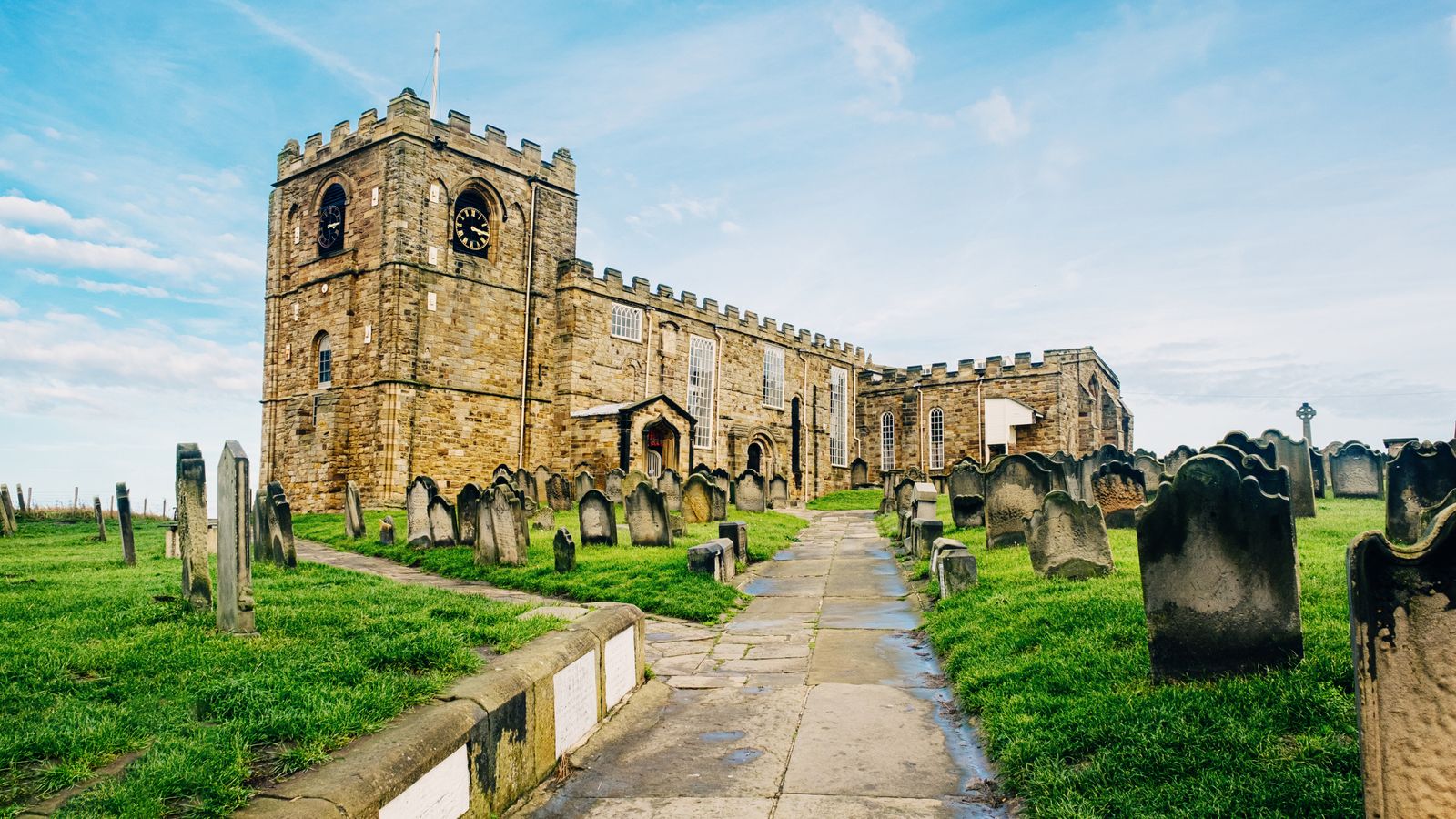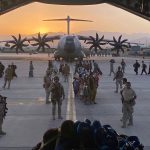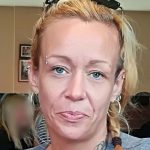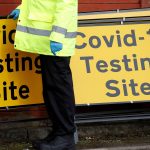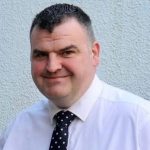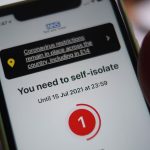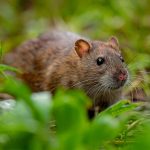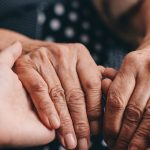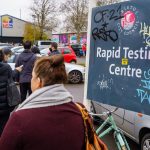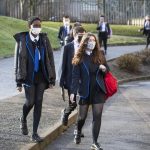A project is under way to tackle the Herculean task of digitally mapping every grave in the Church of England’s 19,000 graveyards.
The result will be an online resource which will allow users to see the exact location of a burial plot, as well as photographs of the headstone and, where possible, the burial record from the church’s archives.
It will be an invaluable tool for historians, genealogists, and anyone wanting to find where their ancestors were laid to rest.
Funded by Historic England, the National Lottery Heritage Fund, and two genealogy websites, the company charged with the task, Atlantic Geomatics, hope to complete the survey in seven years.
The researchers visit the graveyards wearing hi-tech backpacks. Inside are two laser scanners, five cameras, and GPS tracking sensors.
As they walk among the tombstones, millions of measurements are taken to map the exact locations of the graves. The graveyards are then revisited for the headstones and mausoleums to be photographed.
Images of the burial records are also added.
The church can update the database for each new burial.
In the graveyard of St Michael’s church in Barton near Penrith, Atlantic Geomatics managing director Tim Viney said that mapping a graveyard only takes a couple of hours at most.
It can take days for the data to be uploaded but he is confident the whole project can be achieved within the seven-year timescale.
As well as the ease of access from anywhere in the world, he said the protection and preservation of the records is of great value.
“These records are now protected,” he said.
“There are numerous stories of records being lost through fire or theft or flood, so the data is now safe.
“And it means that by being remotely accessible the documents won’t need to be handled, so they won’t deteriorate through use and abuse.”
Cyril Wilson is the treasurer at St Michael’s in Barton. The beautiful Norman church built in the mid 12th century was the first to be digitally mapped.
He said that the preservation of the church’s history is vital, but the survey also helped to understand some of that history.
“The survey put into context everything within the churchyard – the building, the headstones, and even the vegetation,” he said.
“And what we learned from that was seeing where the old maps weren’t exactly right in scale and detail.”
The data gathered by this study will also be used as part of a national biodiversity survey, providing information about the sometimes very rare plants and animals that are living among our dead.
